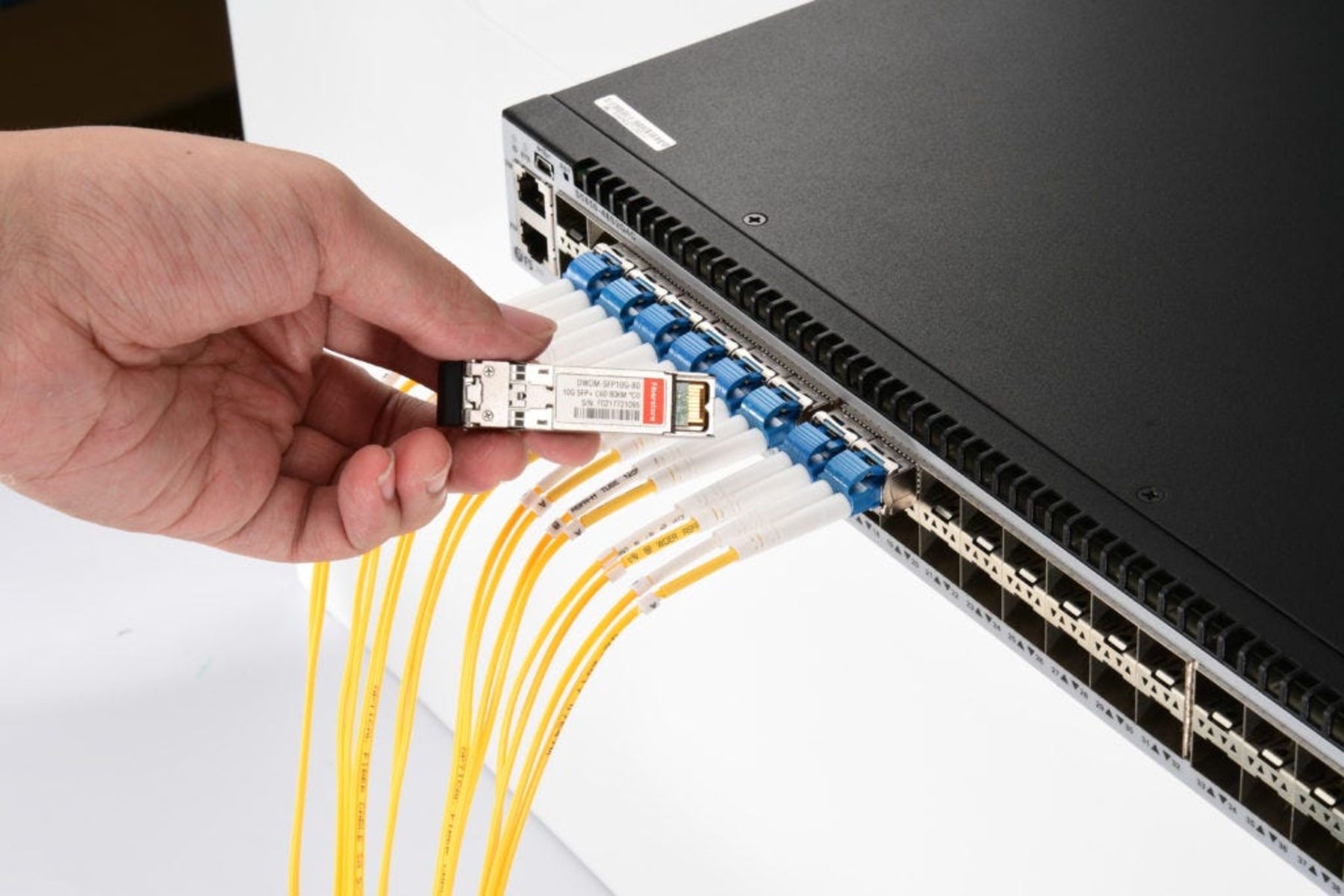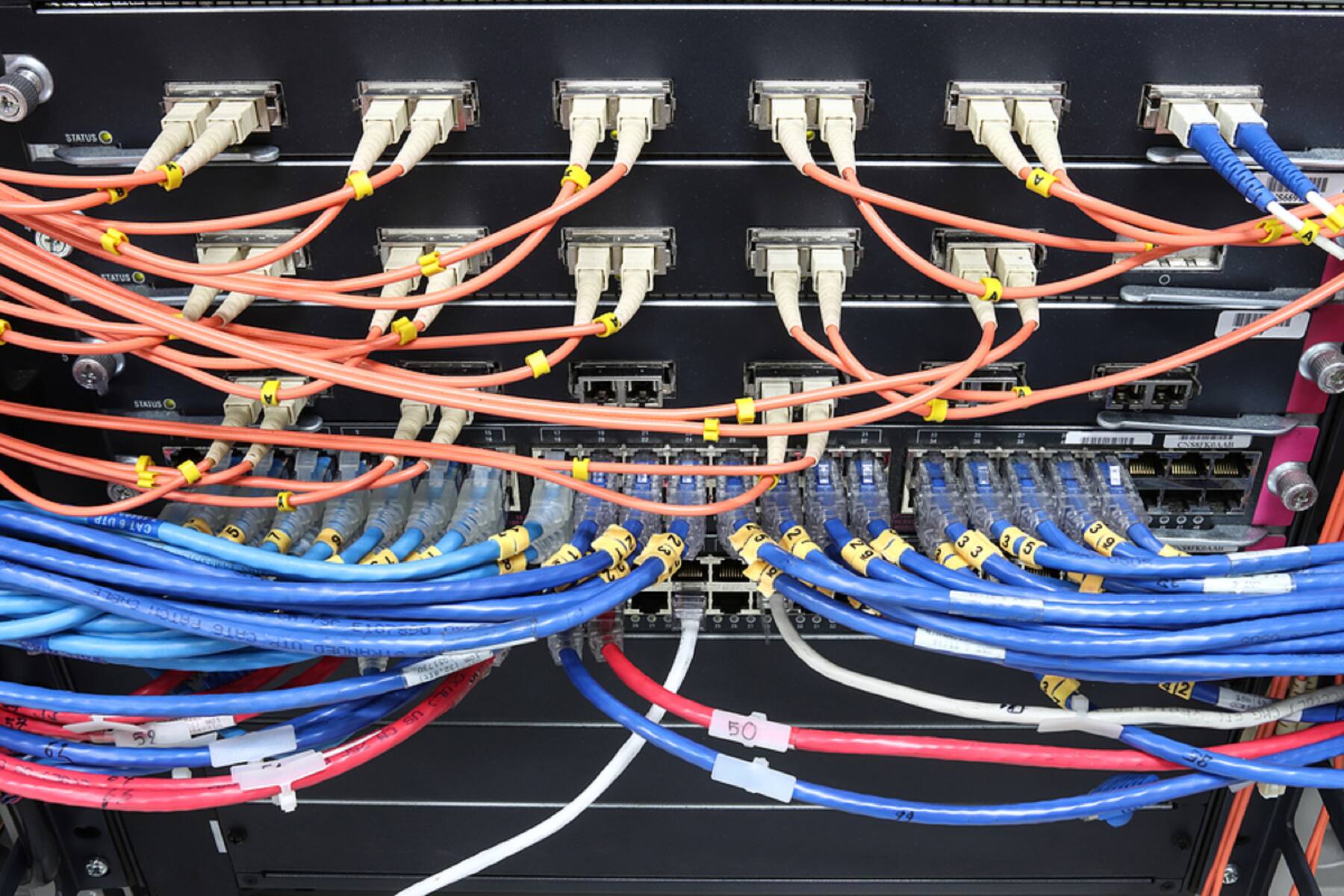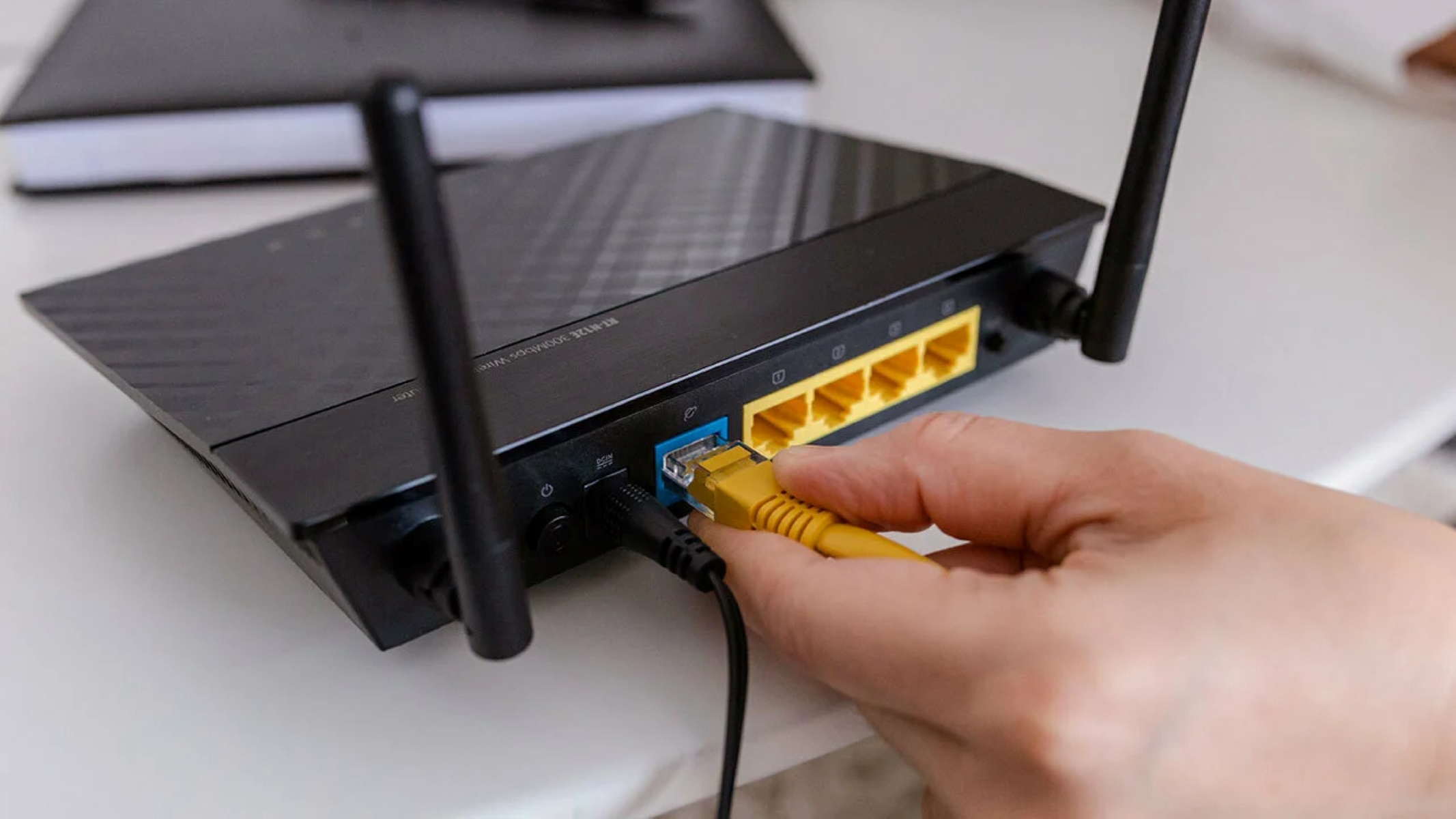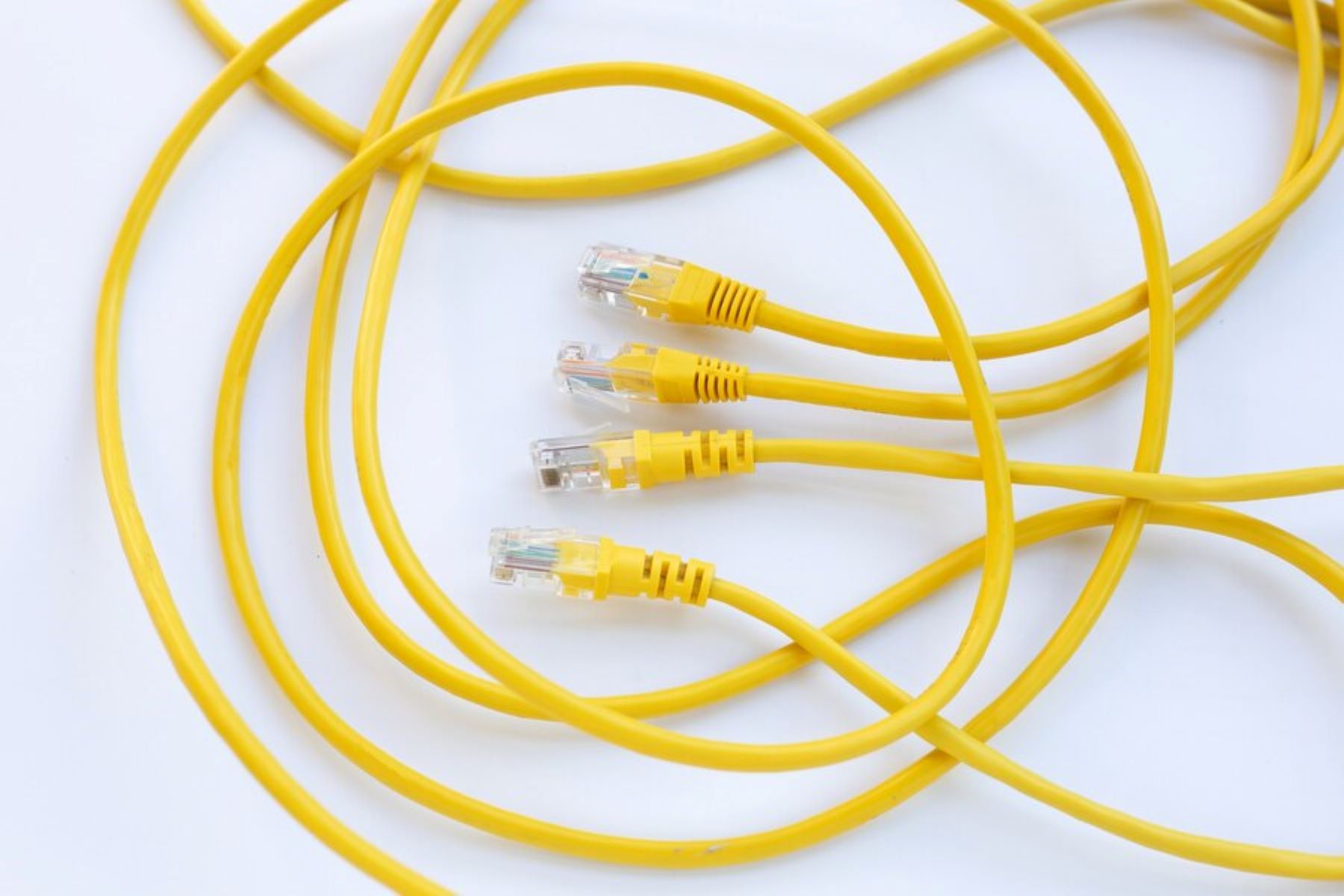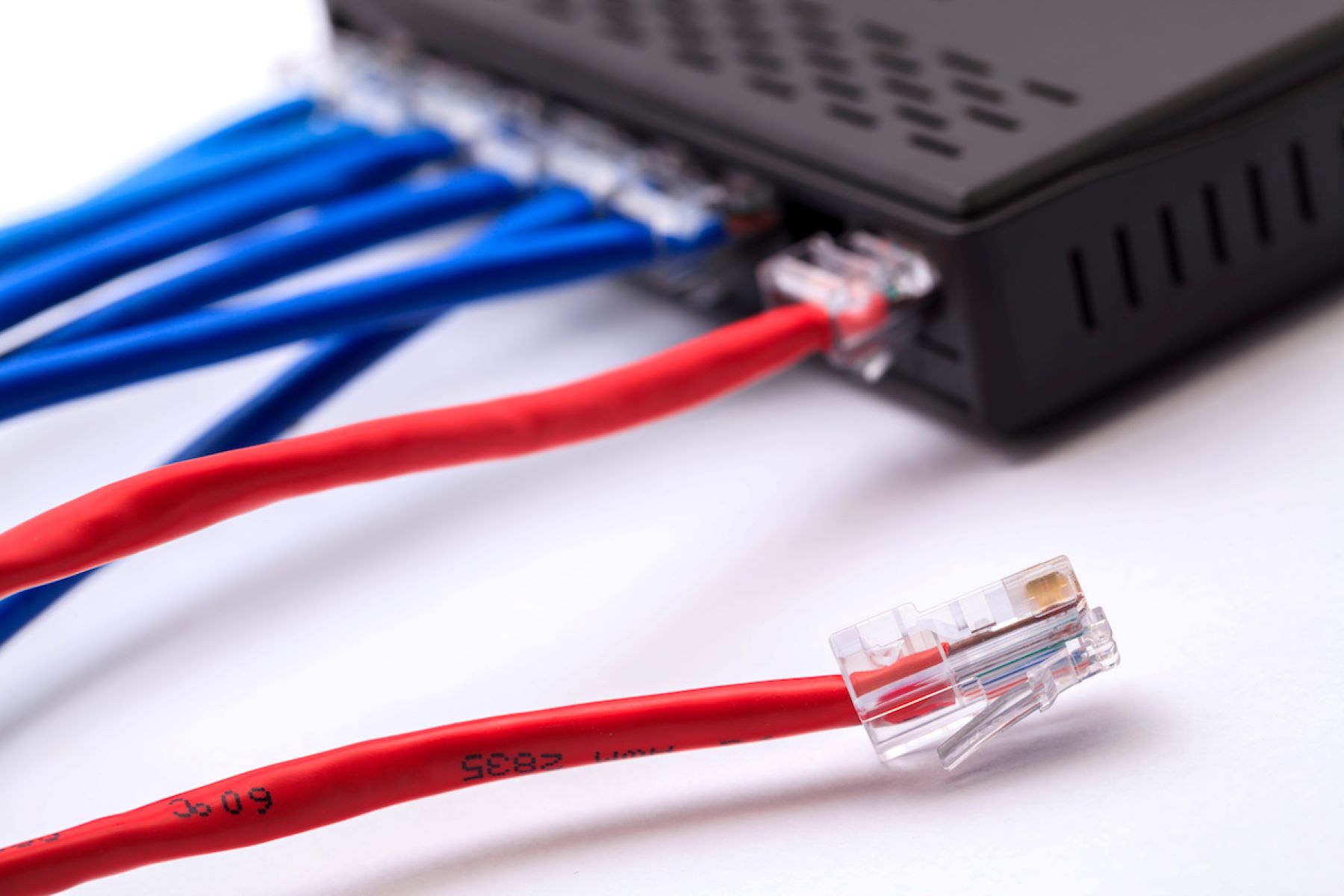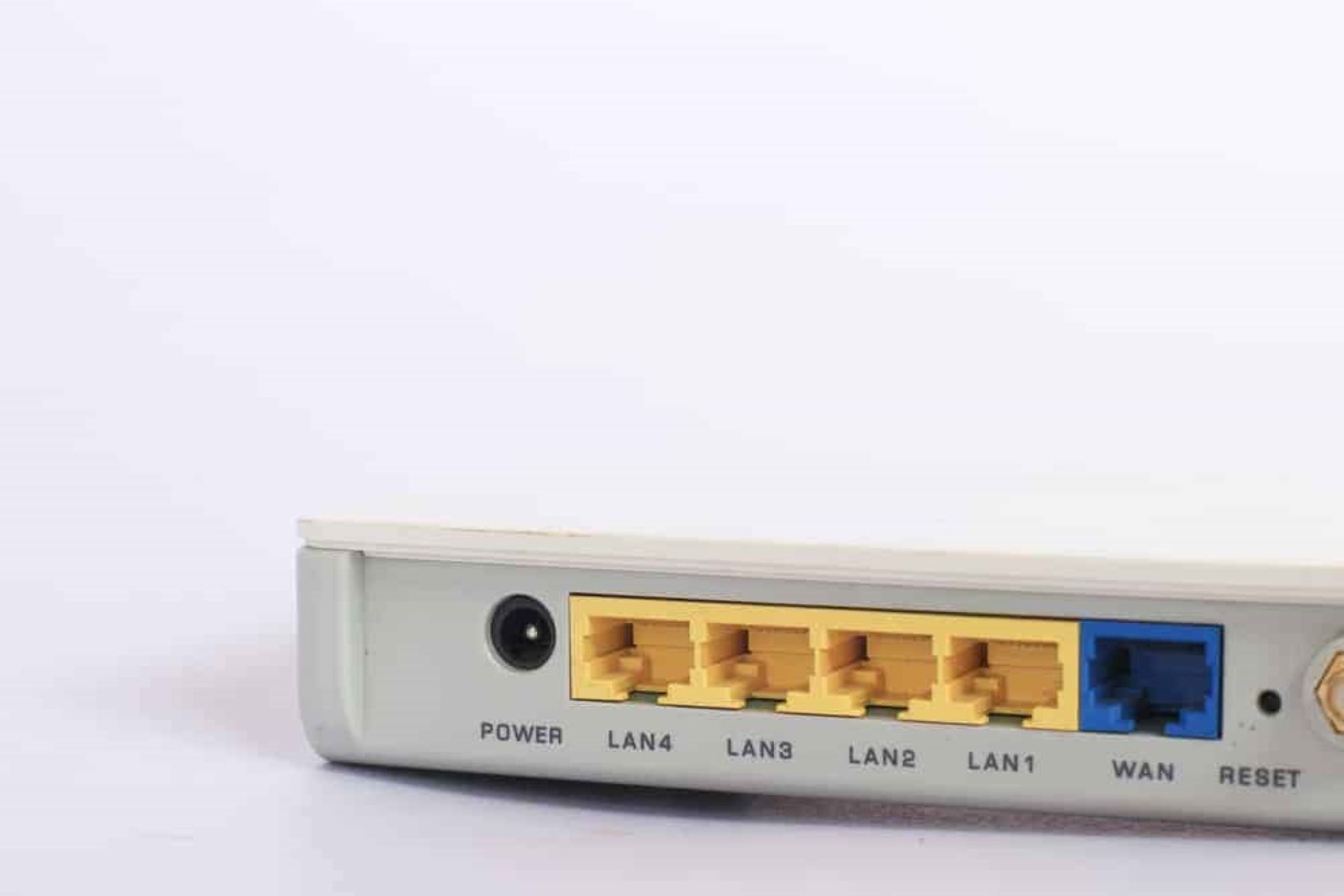Introduction
Network switches play a crucial role in connecting devices within a network, enabling seamless communication and data transfer. Traditionally, network switches have been connected using copper cables, but with the increasing demand for high-speed and reliable connectivity, fiber optic cables have gained prominence. This article aims to provide a comprehensive understanding of how network switches are connected to fiber optic cables, the types of fiber optic connectors used, and the configuration processes involved.
Fiber optic technology has revolutionized data transmission, offering unparalleled speed and bandwidth capabilities. As businesses and organizations strive to meet the demands of modern networking requirements, the adoption of fiber optic cables has become essential. Understanding the intricacies of connecting network switches to fiber optic cables is imperative for network administrators and IT professionals to ensure optimal network performance.
In the subsequent sections, we will delve into the fundamental principles of fiber optic cables, explore the various types of fiber optic connectors, and elucidate the process of connecting fiber optic cables to network switches. Additionally, we will discuss the configuration steps involved in enabling network switches for fiber optic connectivity. By the end of this article, readers will have a comprehensive grasp of the intricacies of integrating fiber optic technology into network infrastructure, empowering them to make informed decisions and effectively manage network connectivity.
Understanding Fiber Optic Cables
Fiber optic cables are the backbone of high-speed data transmission, facilitating the transfer of digital information in the form of light pulses. Unlike traditional copper cables, fiber optic cables leverage the principles of light propagation to transmit data over long distances with minimal signal degradation. The core of a fiber optic cable is composed of one or more transparent fibers made of glass or plastic, encased in a protective layer for durability and insulation.
The key component of a fiber optic cable is the core, which serves as the medium for light transmission. Surrounding the core is the cladding, a layer with a lower refractive index that enables total internal reflection, ensuring that the light signals remain confined within the core. This design minimizes signal loss and enables the transmission of data over extended distances with minimal attenuation.
One of the defining characteristics of fiber optic cables is their exceptional bandwidth capabilities and immunity to electromagnetic interference. This makes them ideal for high-speed data transfer, telecommunication networks, and internet connectivity. Moreover, fiber optic cables offer enhanced security, as they are extremely difficult to tap into without disrupting the signal, providing a secure medium for transmitting sensitive data.
Understanding the construction and operational principles of fiber optic cables is essential for comprehending their role in network connectivity. The next section will delve into the various types of fiber optic connectors used to interface with network switches, further elucidating the intricacies of fiber optic technology and its integration into network infrastructure.
Types of Fiber Optic Connectors
Fiber optic connectors are critical components that facilitate the seamless integration of fiber optic cables with network switches and other networking equipment. These connectors serve as the interface between the delicate optical fibers and the active components of the network infrastructure, ensuring efficient data transmission with minimal signal loss. There are several types of fiber optic connectors, each designed to meet specific connectivity requirements and operational environments.
One of the most commonly used fiber optic connectors is the LC (Lucent Connector), known for its compact size and reliable performance. The LC connector features a push-pull mechanism, making it easy to install and remove, and is widely used in high-density network applications where space is a premium. Its versatility and robustness make it a popular choice for both single-mode and multimode fiber optic connections.
Another prevalent type of fiber optic connector is the SC (Subscriber Connector or Standard Connector), characterized by its square-shaped body and snap-in coupling mechanism. The SC connector is favored for its simple and secure latching mechanism, which ensures a stable connection, making it suitable for both data and telecommunication applications.
The ST (Straight Tip) connector is recognized for its bayonet-style coupling and is often used in industrial and commercial settings. Its robust design and twist-lock mechanism make it suitable for demanding environments where vibration and movement are prevalent, ensuring reliable and stable connections.
Furthermore, the MTP/MPO (Multiple-Fiber Push-On/Pull-Off) connector has gained traction for its ability to accommodate multiple fibers within a single connector, streamlining the deployment of high-density fiber optic connections in data centers and enterprise networks. Its high port density and quick installation make it an efficient solution for complex networking requirements.
Understanding the characteristics and applications of different fiber optic connectors is imperative for network administrators and technicians when selecting the appropriate connectors for their networking infrastructure. The subsequent section will elucidate the process of connecting fiber optic cables to network switches, providing insights into the practical implementation of fiber optic technology within network environments.
Connecting Fiber Optic Cables to Network Switches
The process of connecting fiber optic cables to network switches involves meticulous attention to detail and adherence to industry best practices to ensure reliable data transmission and seamless network connectivity. Before commencing the connection process, it is essential to ascertain the compatibility of the fiber optic connectors with the network switches and to prepare the necessary tools for the installation.
Firstly, it is crucial to inspect the terminations of the fiber optic cables and the ports of the network switches to ensure they are clean and free from any contaminants or debris that could impede the connectivity. Any foreign particles or residues can significantly impact the signal integrity and lead to performance degradation. Therefore, utilizing specialized cleaning tools and inspection equipment is paramount in maintaining the optimal condition of the connectors and ports.
Once the terminations are verified to be clean and undamaged, the next step involves aligning the connectors and carefully inserting them into the corresponding ports of the network switches. Depending on the type of connectors being used, such as LC, SC, ST, or MTP/MPO, the installation process may vary, and it is essential to follow the manufacturer’s guidelines for proper alignment and insertion techniques.
After the connectors are securely seated in the ports, the connection integrity should be verified using optical power meters or visual fault locators to ensure that the light signals are transmitting effectively without any signal loss or irregularities. This validation process is critical in identifying any potential issues and ensuring the reliability of the fiber optic connections.
Furthermore, securing the connected cables and implementing proper cable management techniques is essential to prevent strain on the connectors and minimize the risk of accidental disconnection. Employing cable management accessories such as strain relief brackets and cable ties can contribute to the overall longevity and stability of the fiber optic connections.
By meticulously following the prescribed procedures and employing the appropriate tools and techniques, network administrators and technicians can establish robust and dependable connections between fiber optic cables and network switches, laying the foundation for high-performance network infrastructure.
Configuring Network Switches for Fiber Connectivity
Once the fiber optic cables are successfully connected to the network switches, the next crucial step is to configure the switches to optimize the fiber connectivity and ensure seamless data transmission. Configuring network switches for fiber connectivity involves several key considerations, including port settings, link aggregation, and switch management.
Firstly, it is essential to configure the ports on the network switches to accommodate the specific requirements of the fiber optic connections. This includes setting the appropriate speed, duplex mode, and flow control parameters to align with the capabilities of the connected fiber optic transceivers. Ensuring consistency in the port configurations across the switches and adhering to the recommended settings for fiber optic connectivity is imperative in maintaining network stability and performance.
Furthermore, implementing link aggregation, also known as port trunking or bonding, can enhance the bandwidth and redundancy of fiber optic connections. By grouping multiple physical ports into a single logical interface, link aggregation enables the combined capacity of the aggregated links to be utilized, thereby increasing the overall throughput and providing fault tolerance in the event of link failure.
Switch management plays a pivotal role in configuring and monitoring the fiber connectivity within the network infrastructure. Leveraging network management protocols such as SNMP (Simple Network Management Protocol) and utilizing management interfaces such as web-based GUI (Graphical User Interface) or command-line interfaces facilitates the configuration and oversight of the switches. This enables network administrators to monitor the status of the fiber optic connections, diagnose potential issues, and implement adjustments to optimize network performance.
Additionally, implementing Quality of Service (QoS) policies can prioritize and manage the traffic transmitted over the fiber optic connections, ensuring that critical data packets receive precedence, thereby enhancing the overall efficiency and reliability of the network.
By meticulously configuring the network switches to accommodate fiber connectivity, organizations can harness the full potential of fiber optic technology, leveraging its high-speed capabilities and reliability to meet the demands of modern networking requirements.
Conclusion
As the demand for high-speed and reliable network connectivity continues to escalate, the integration of fiber optic technology into network infrastructure has become increasingly prevalent. Understanding the intricacies of connecting fiber optic cables to network switches and configuring the switches for fiber connectivity is essential for network administrators and IT professionals to ensure optimal network performance.
Fiber optic cables, with their exceptional bandwidth capabilities and immunity to electromagnetic interference, have revolutionized data transmission, offering unparalleled speed and reliability. The utilization of different types of fiber optic connectors, such as LC, SC, ST, and MTP/MPO, enables seamless integration with network switches, catering to diverse connectivity requirements and operational environments.
The meticulous process of connecting fiber optic cables to network switches requires attention to detail, adherence to best practices, and validation of connection integrity to ensure reliable data transmission. Furthermore, configuring network switches for fiber connectivity involves optimizing port settings, implementing link aggregation, and leveraging switch management to monitor and manage the fiber optic connections effectively.
By embracing fiber optic technology and mastering the intricacies of fiber optic connectivity, organizations can establish robust and high-performance network infrastructure, meeting the evolving demands of modern networking requirements. The seamless integration of fiber optic cables with network switches empowers businesses and enterprises to achieve enhanced data transmission speeds, improved network reliability, and heightened operational efficiency.
In conclusion, the adoption of fiber optic technology represents a transformative milestone in network connectivity, offering unparalleled speed, reliability, and security. By delving into the nuances of fiber optic connectivity and harnessing its capabilities, organizations can pave the way for a future-proof network infrastructure that meets the demands of the digital era.







